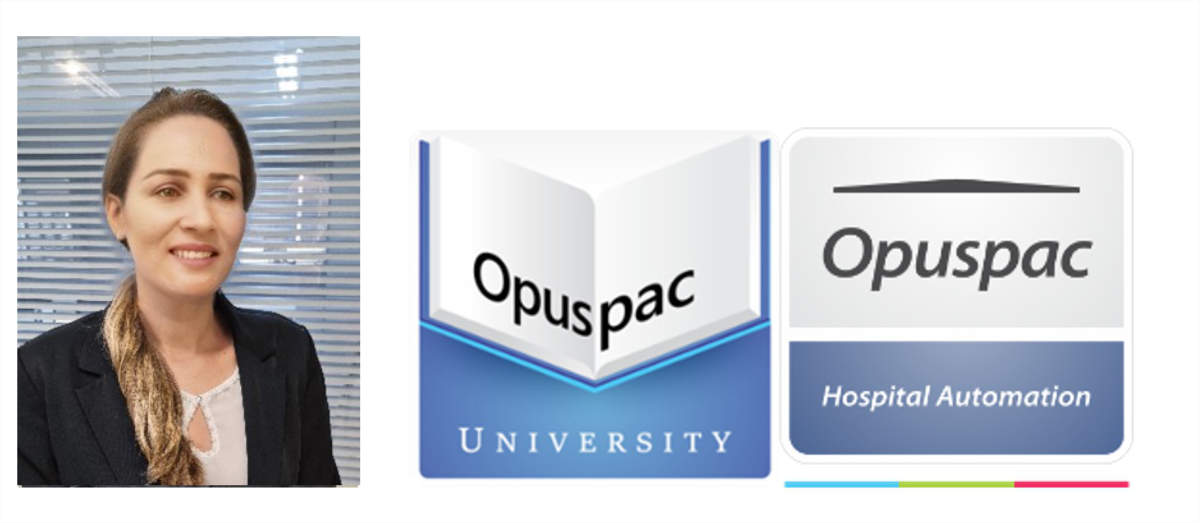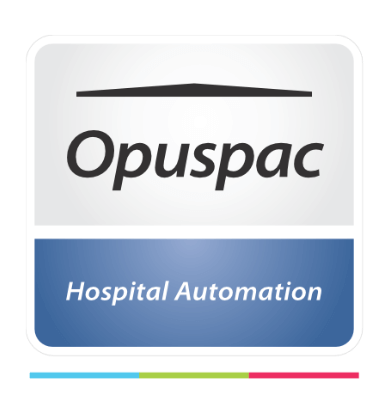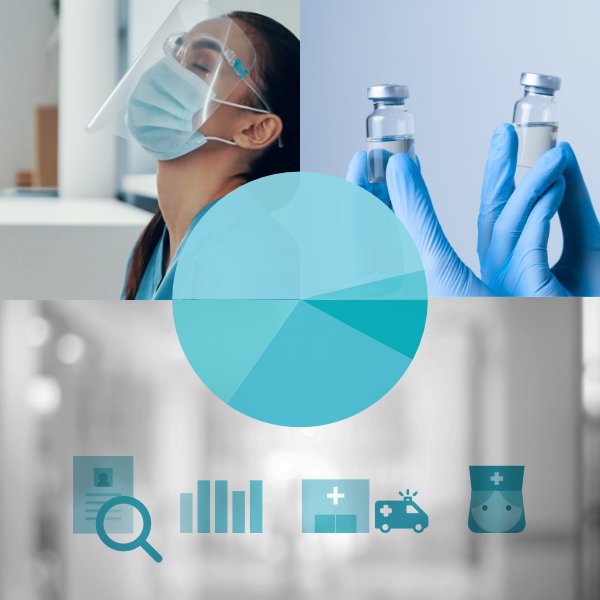Concern about human error and accident risk management in organizations is relatively recent.
For at least two decades, several studies in different countries have been evaluating patient safety in hospitals, but more attention needs to be paid to system failures to measure and evaluate what happened in order to develop strategies capable of increasing and improving the quality of healthcare services.
The combination of the complexity of medical procedures, human interactions and technologies interferes greatly with patient safety.
This makes several situations possible for Adverse Events to occur:
- Lack of personnel on the team;
- Lack of adequate equipment to perform procedures;
- Medical equipment breakdown
- Inexperience of the personnel;
- Lack of measurement and analysis of the AE’s that occurred.
The lack of specific processes to improve these weaknesses, allow problems related to patient safety to be in most hospitals.
There is a need to identify the causes of errors and develop initiatives that characterize patients, types of injuries, intentional and unintentional aggravations, probabilities of occurrence and severity of AEs.
A study on the incidence and avoidability of Adverse Events in adult patients admitted to a Brazilian high complexity hospital was published in April 2021. This article analyzed the medical records of patients hospitalized during 2015.
The article presented that the incidence rate of AE’s, related to healthcare, in those patients hospitalized in 2015 was 33.7%, allowing the occurrence of 4.97 AE’s per 100 patient-days.
Regarding the severity of AE’s, most of them (63.2%) were mild AE’s.
Moderate AE’s reached 20.7% and severe AE’s 16.2% of hospitalized patients.
Another important fact is that 58.3% of the AE’s recorded were avoidable.
An example of preventable AE’s is medication-related errors.
Any part of the medication process, from prescription, separation, preparation, storage, dispensing and administration of medications, should be constantly monitored in order to define actions to ensure patient safety.
Also, according to the article, the most frequent errors related to medications are:
- Intravenous solutions, which have a low dosing rate;
- Highly vigilant drugs, which often cause serious harm to patients;
- Errors in infusion pump programming, regarding correct dosage, patient weight, medication volume, hours and minutes of treatment;
- Confusion in the similarity between medication names (look-alikes);
- Lack of information about medications;
- Biological contamination related to medication preparation;
- Lack of double-checking.
In the constant search to reduce and put an end to these errors are also available, in addition to the standardization of processes, the implementation of intelligent systems such as:
- Software to calculate the dosage of drugs, to differentiate the writing of drugs Look-alikes and similar packaging, in addition to making available fast and reliable information of drugs.
- And equipment such as infusion pumps and smart cabinets, machines for unit dose, repackaging and storing medicines.
In addition, it is very important the attention, constant and significant training of professionals who work directly in these processes with medicines. Pharmacists and pharmacy technicians, as well as nurses, technicians and nursing assistants.
It is necessary to provide adequate and very well supervised care to all patients on a full-time basis.

Pharmacist Daniela Faria













